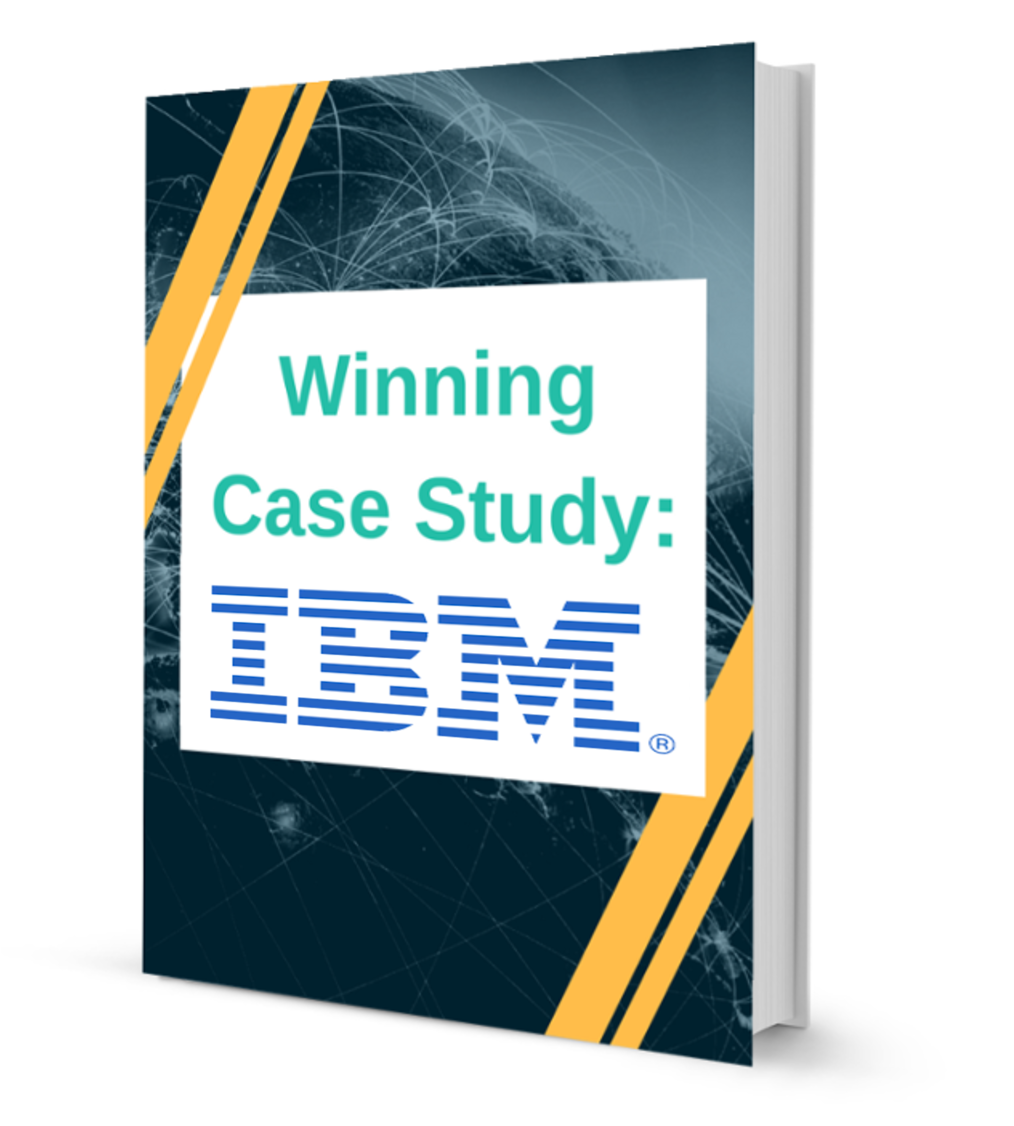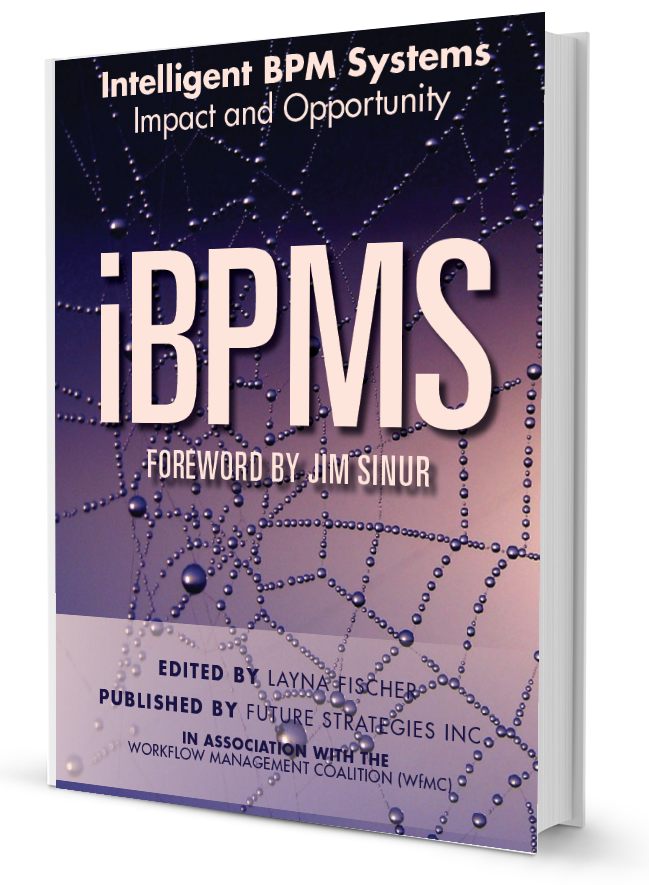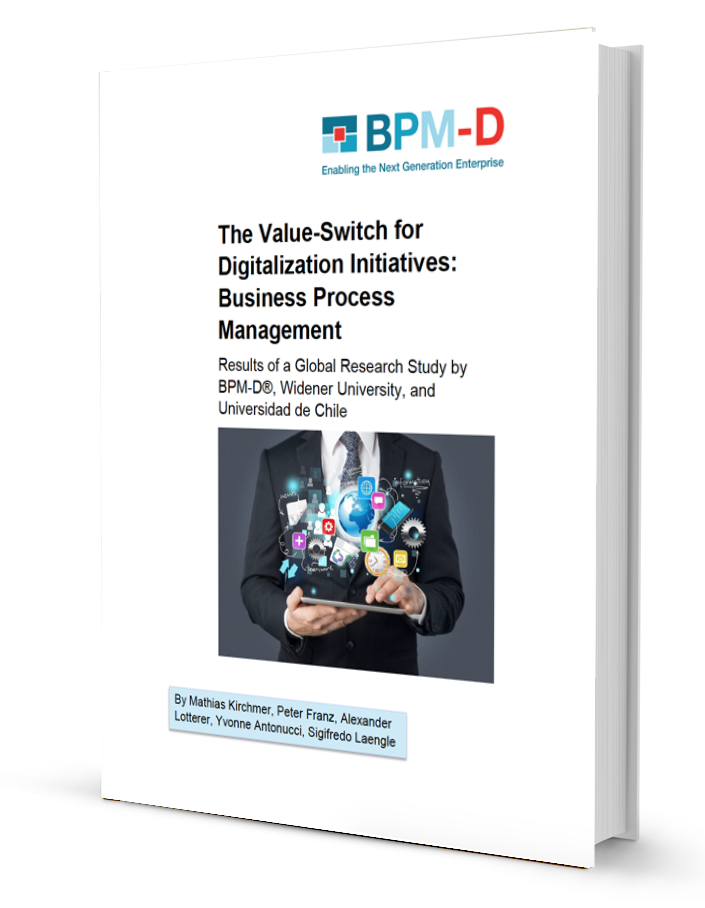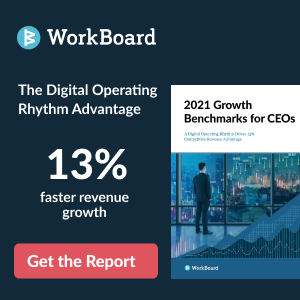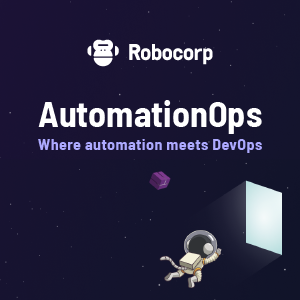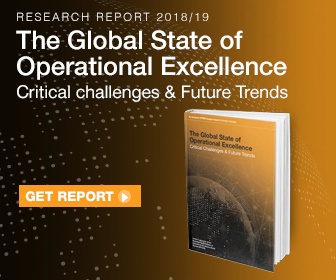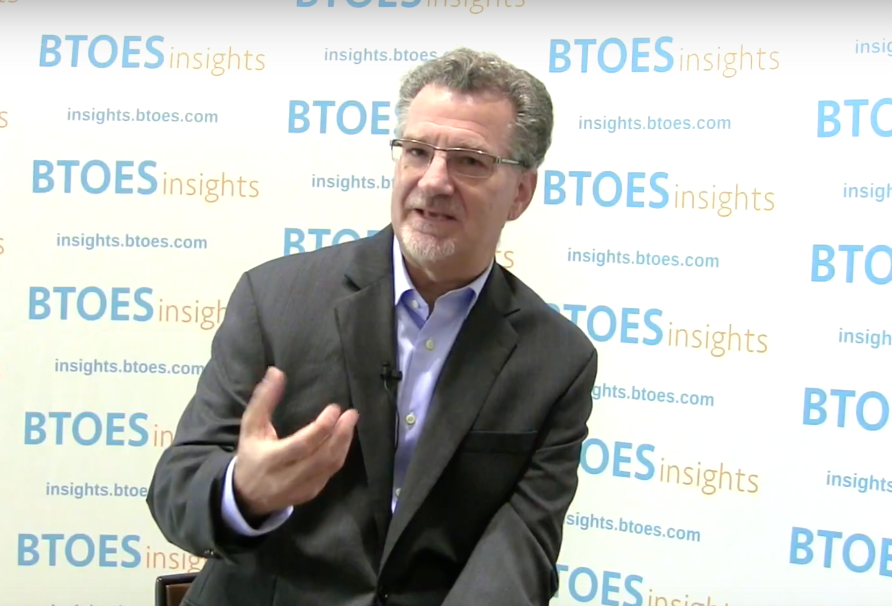I'm not against Six Sigma,
Let's just get that out of the way. I'm not a "Six Sigma Hater".
Much the contrary, I owe much of my success to having been involved in the Six Sigma movement relatively early.
(I'm no first generation mind you, but it was early enough that I still remember when there was no Define phase and when it was first added, we didn't capitalize the "d" in deference to Motorola)
Adding Lean to Six Sigma seemed so obvious
Back then most Black Belts had some exposure to "lean", we knew the basic tools and methods and saw where they could make our projects easier, faster, etc - it just made sense.
There was a short period where a whole multitude of terms were popping up to describe this newfangled combination:
- Lean Sigma
- Quick Sigma
- Six Sigma Kaizen
- Lean Six Sigma
In 2002, Michael George authored
"Lean Six Sigma: Combining Six Sigma Quality with Lean Production Speed".

From then on, it was "Lean Six Sigma" for the win.
Understanding of Lean Diverges
It was also the point at which the evolution of "lean" seemed to take two divergent paths:
- The "Lean Crowd" (lean is a complete and total way of doing business)
- The Lean Six Sigma Crowd (lean gives us extra tools to use)
The common understanding of lean at the point of Michael George's book, was in fact very heavy on "Just in Time" concepts and tools, so I understand why Lean Six Sigma defined lean in that fashion. Right or wrong, it was still common at the time.
But at the same time, lean was still being understood. It was about the same time "The Toyota Way", by Jeff Liker came out.

[A big improvement in the understanding of lean at that point but still not perfect]
The was probably the start of a mainstream divergence that saw lean as something more than "Just in Time" and low inventories.
Yes I know there were still people out there that knew better, and were trying to be heard, but the majority of people were still learning about lean from the myriad of consultants out there, all plugging that "Lean is about Process Velocity".
 This view has been so persistent that there are still professionals and consultants out there that actually believe applying lean without Six Sigma would somehow result in “making bad stuff faster."
This view has been so persistent that there are still professionals and consultants out there that actually believe applying lean without Six Sigma would somehow result in “making bad stuff faster."
No really...I've actually heard people say this.
So why is that so wrong?
Hey I understand - if you were taught to view lean that way, then you might think those things are true. I did for several years.
No more though...we know so much more about lean now there's no excuse any more to keep repeating this stuff. If you believe in continuing education, then it's time to reeducate yourself on lean.
 Besides, you're actually offending the "lean crowd" and there's no reason to have a wall between the two sides, they just want lean represented accurately.
Besides, you're actually offending the "lean crowd" and there's no reason to have a wall between the two sides, they just want lean represented accurately.
Do you get upset when someone says Six Sigma is just a bunch of quality tools? Exactly...so let's all keep an open mind and continue to learn from each other.
So what's lean really?
[Rule Number 1: Don't take my explanation as gospel, or anyone else's - do your own research and see for yourself]
Well it's no wonder there's so much confusion, cause you won't even get a single consistent answer from the "lean crowd" as to what is lean. But I'll give it a shot.
[This is very, very hard, because for all the talk about lean being simple, it's not. It IS a bunch of concepts that sound simple, but are very hard to do well - all at once]
Lean is comprised of three organizational aspects:
- A common philosophy
- A common set of techniques and methods
- A common set of rules for managing & developing people and processes
So if you look at how this works in Toyota, you could conceive of a diagram like the following:
 Common Philosophy:
Common Philosophy:
"Toyota Way 2001", which is Toyota's expression of the their guiding principles that reflect the kind of company that Toyota seeks to be.
 This is the idea that building mutual respect among people best comes from collaborative problem solving.
This is the idea that building mutual respect among people best comes from collaborative problem solving.
These are complimentary and mutually inclusiveideas:
- you can't show respect without solving problems together and
- you don't get continuous improvement without mutual respect.
Common Techniques and Methods
This is the common "TPS Temple" or "House of Lean" that gets depicted. It's an expression of the technical way Toyota approaches production.

A Foundation of Stability, made possible through Heijunka (Leveling), Standardized Work, and Kaizen.
Two equal pillars of "Just in Time" and "Jidoka"(Built in Quality).
[Just in Time is just one piece of this whole puzzle - see how much you're missing out on?]
Just this technical aspect shows how lean would NEVER "make defects faster".
You can only increase process velocity at the rate for which quality and stability will allow - each serves the other.
Common Managerial Rules
This perspective actually comes from Steven J. Spear, a senior lecturer at MIT Sloan School of Management. His research into Toyota's ability to "outrace their competition by out learning them" lead to the formation of 4 basic capabilities and 4 basic rules that Toyota and other highly effective organizations operate under:
The Four Capabilities:
- Understand Good Process Design (How to make problems visible)
- Solve Problems when and where they occur (Stop and Fix)
- Share learning laterally across the organization (Yokoten)
- Leaders are Teachers (Teach others how to do 1 -3)
Update 1/26/2015: I forget to mention that why all this is a great academic explanation of the managerial aspects - it also has to include an org structure that "allows" leaders to be teachers.
Can you teach / develop 20 people at once? Congratulations if you said yes, cause I know I can't...at least not effectively.
Toyota and other lean organizations usually have a very low ratio of team members to leaders, sometimes as low as 1:4, but rarely higher than 1:10.

These small teams are the environment that allow the 4 Capabilities to be effectively developed. Without that environment, and those skills you likely won't have collaboration, mutual trust, continuous improvement, Jidoka, etc.
Stop and Fix - Show Respect. You get the idea.
Hard to do when you never see your leader and don't feel respected.
The Four Rules [of Process Design]
- All Processes should be highly specified as to content, sequence, time, and expected outcomes.
- Connections between customers and suppliers should be direct, unambiguous, and self diagnostic.
- Pathways for products and services should be simple, pre-specified, and self diagnostic.
- All Problem Solving should be done under the guidance of a mentor, at the lowest possible level of the organization, and always in accordance with the scientific method.
I ended with that last point on purpose...the scientific method.
 In lean, the scientific method is commonly expressed as applying the Plan, Do, Check, Act cycle.
In lean, the scientific method is commonly expressed as applying the Plan, Do, Check, Act cycle.
Everything, and I mean everything in lean is centered around the PDCA cycle.
How you improve processes, how you train people, how you develop new products, how you plan strategically - PDCA, PDCA, PDCA.
[Did I mention PDCA?]
So perhaps we've already made it more complicated than it needs to be. I'll end with a quote from former Toyota President, Fujio Cho that verbalized the continuous application of the PDCA cycle in Toyota:
We place the highest value on actual implementation and taking action. There are many things one doesn't understand and therefore, we ask them why don’t you just go ahead and take action; try to do something? You realize how little you know and you face your own failures and you simply can correct those failures and redo it again and at the second trial you realize another mistake or another thing you didn't like so you can redo it once again. So by constant improvement, or, should I say, the improvement based upon action, one can rise to the higher level of practice and knowledge.
~~Fujio Cho, President, Toyota Motor Corporation, 2002
View Nick's Contributor Profile
Nick will be speaking in March 2017 at the Business Transformation & Operational Excellence World Summit. To learn more, visit btoes.com.


.png)
-1.png)















































 This view has been so persistent that there are still professionals and consultants out there that actually believe applying lean without Six Sigma would somehow result in “making bad stuff faster."
This view has been so persistent that there are still professionals and consultants out there that actually believe applying lean without Six Sigma would somehow result in “making bad stuff faster." Besides, you're actually offending the "lean crowd" and there's no reason to have a wall between the two sides, they just want lean represented accurately.
Besides, you're actually offending the "lean crowd" and there's no reason to have a wall between the two sides, they just want lean represented accurately. Common Philosophy:
Common Philosophy: This is the idea that building mutual respect among people best comes from collaborative problem solving.
This is the idea that building mutual respect among people best comes from collaborative problem solving.

 In lean, the scientific method is commonly expressed as applying the Plan, Do, Check, Act cycle.
In lean, the scientific method is commonly expressed as applying the Plan, Do, Check, Act cycle.
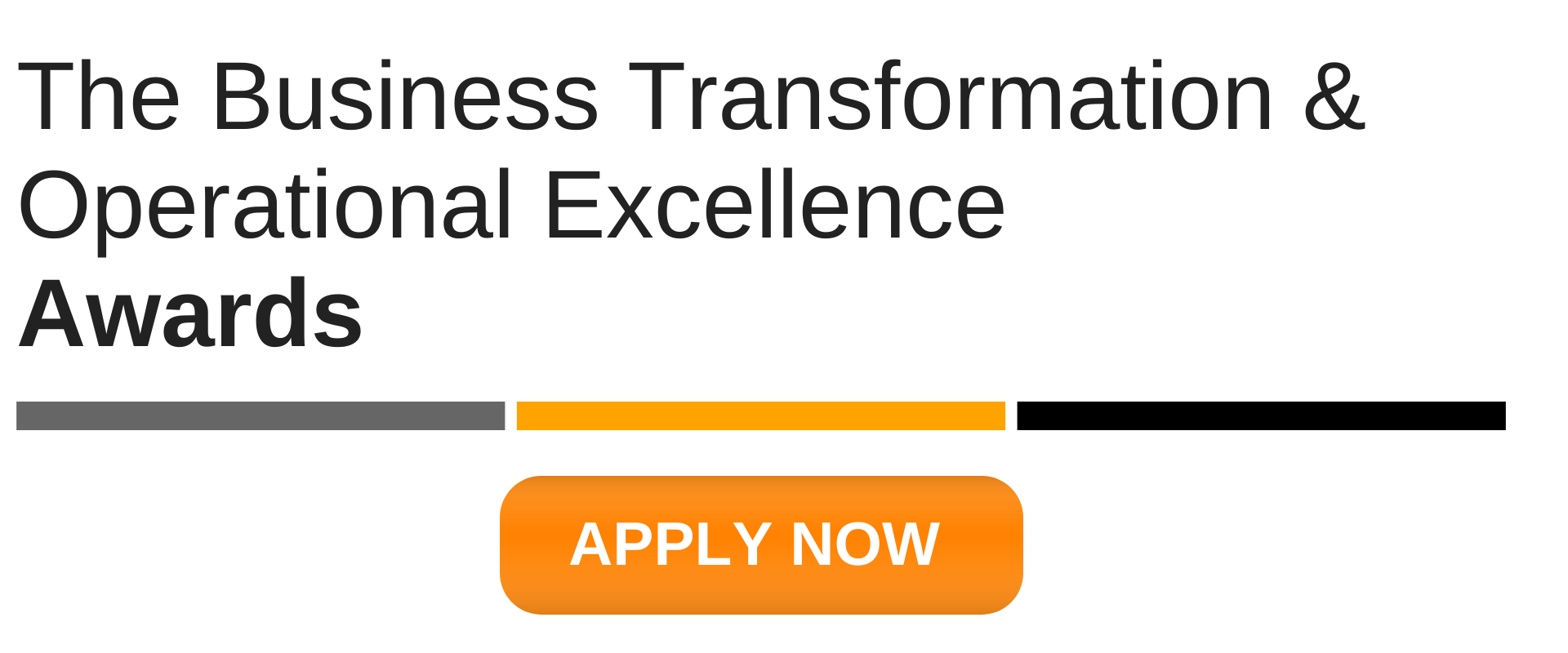

-2.png)
-2.png)
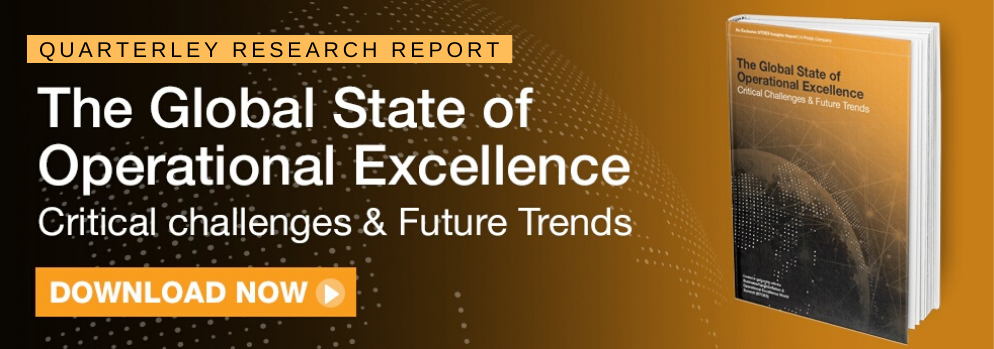

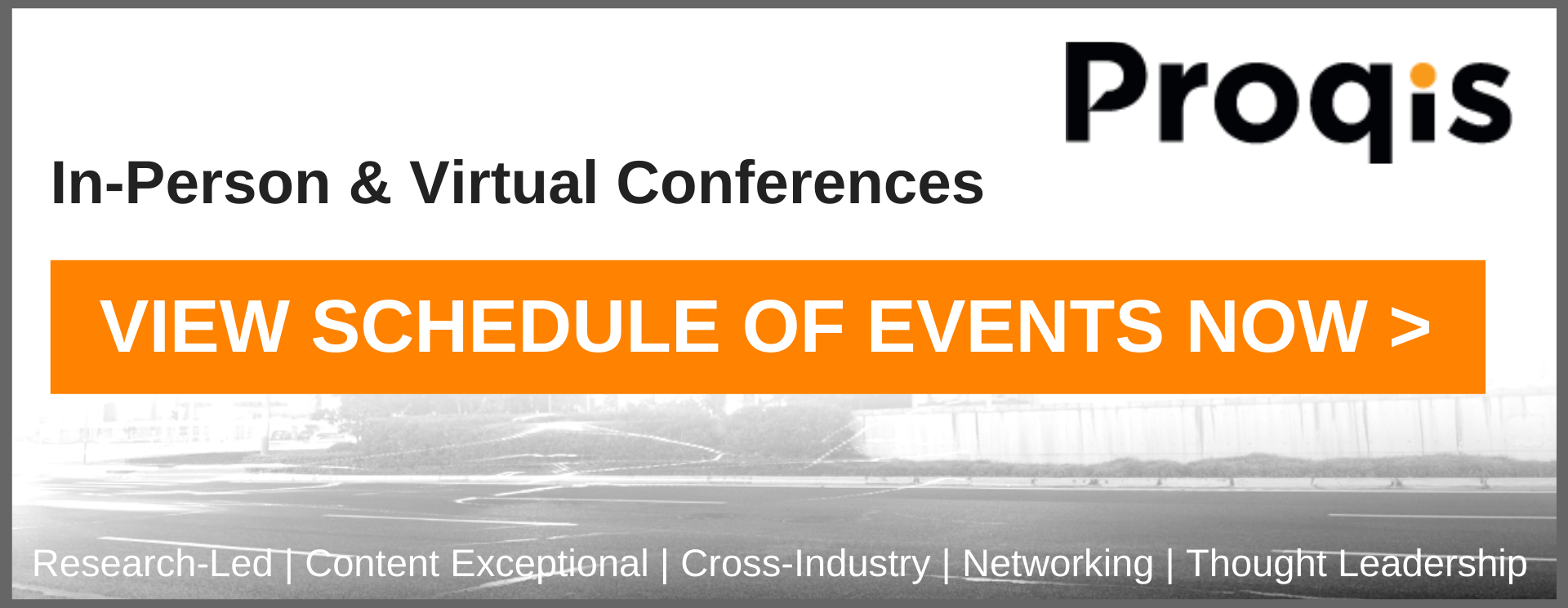


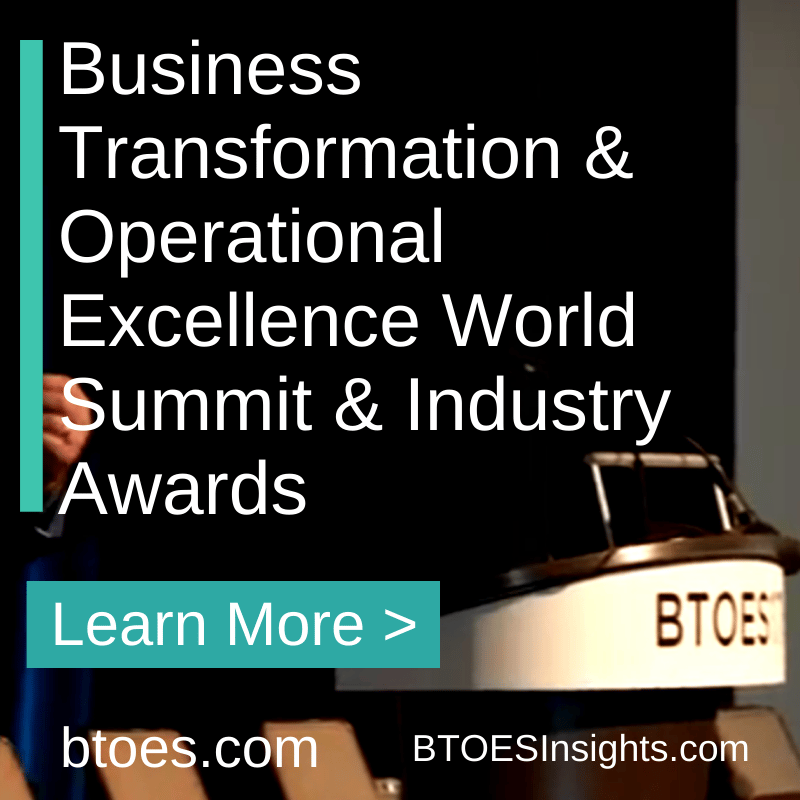
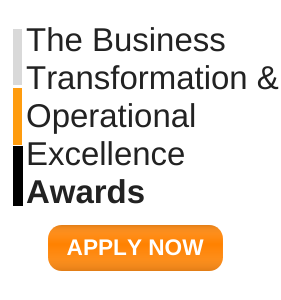
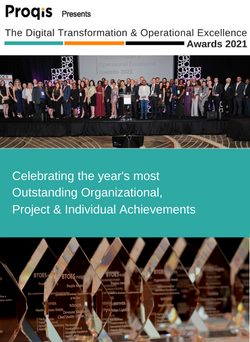
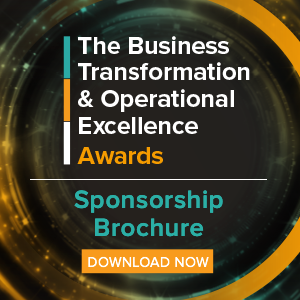
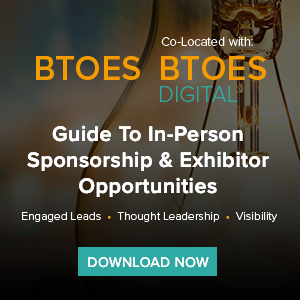
%20(1)%20(1).png?width=1410&name=Add%20a%20heading%20(8)%20(1)%20(1).png)



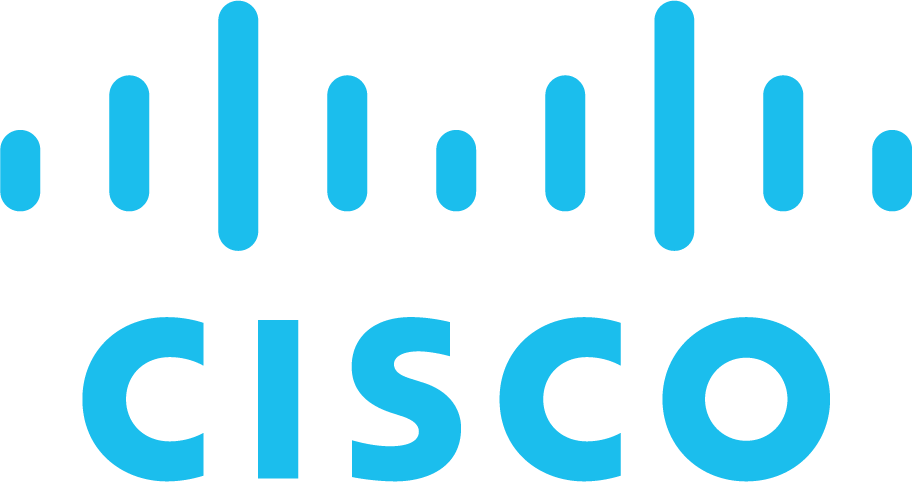
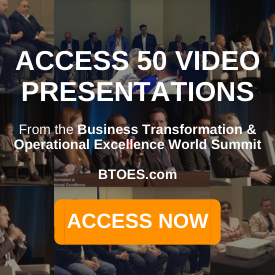
.png?width=300&height=300&name=LINKEDIN%20AWARDS%20GRAPHIC%20(1).png)
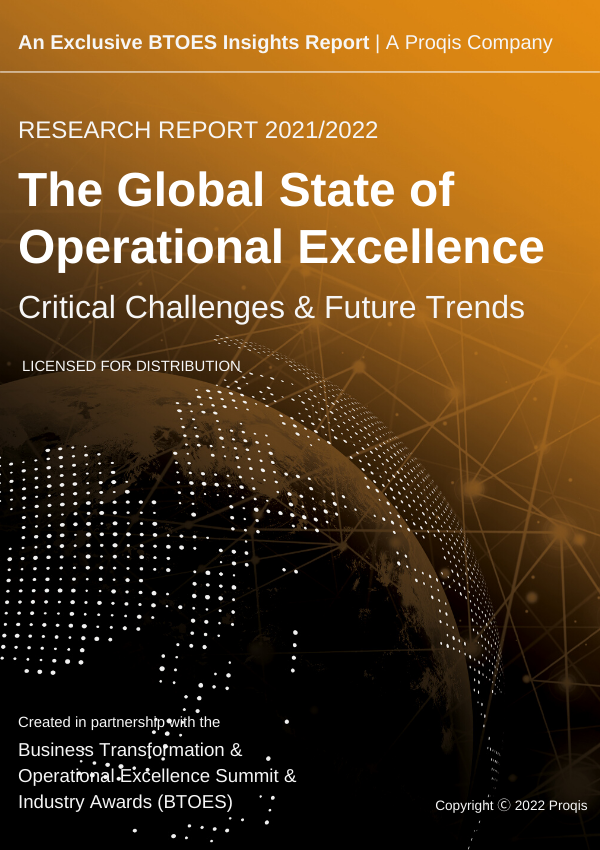
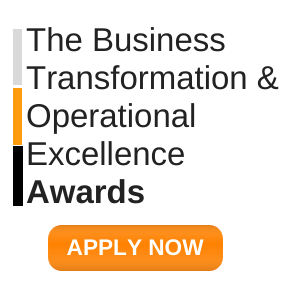
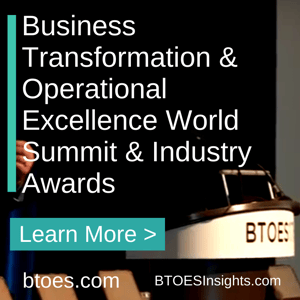

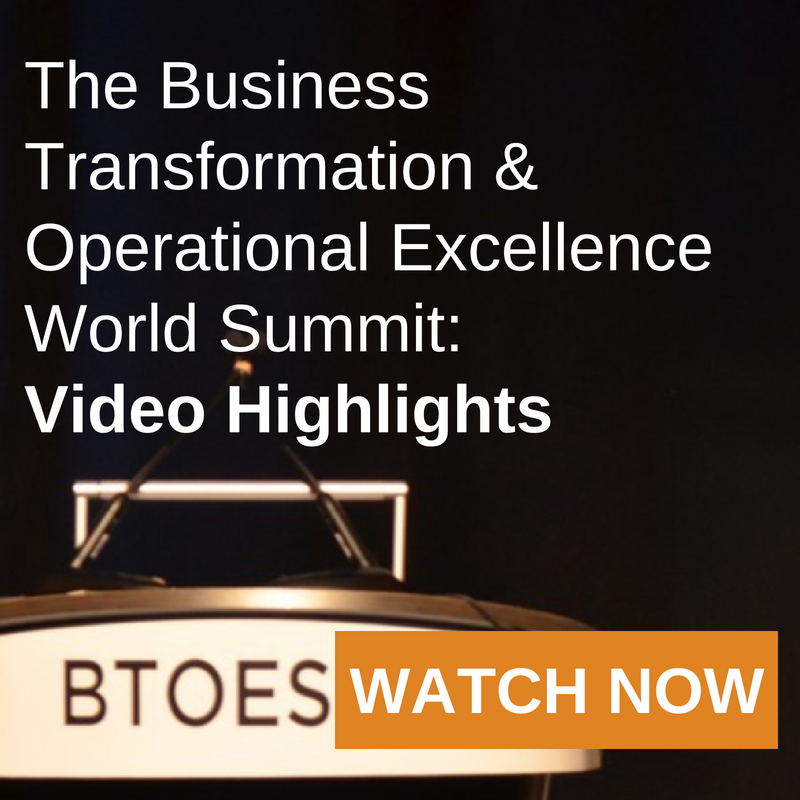


-1.png?width=300&name=ATTENDEE%20-%20Proqis%20Digital%20Event%20Graphics%20(2)-1.png)
-1.png?width=300&name=ATTENDEE%20-%20Proqis%20Digital%20Event%20Graphics%20(1)-1.png)
